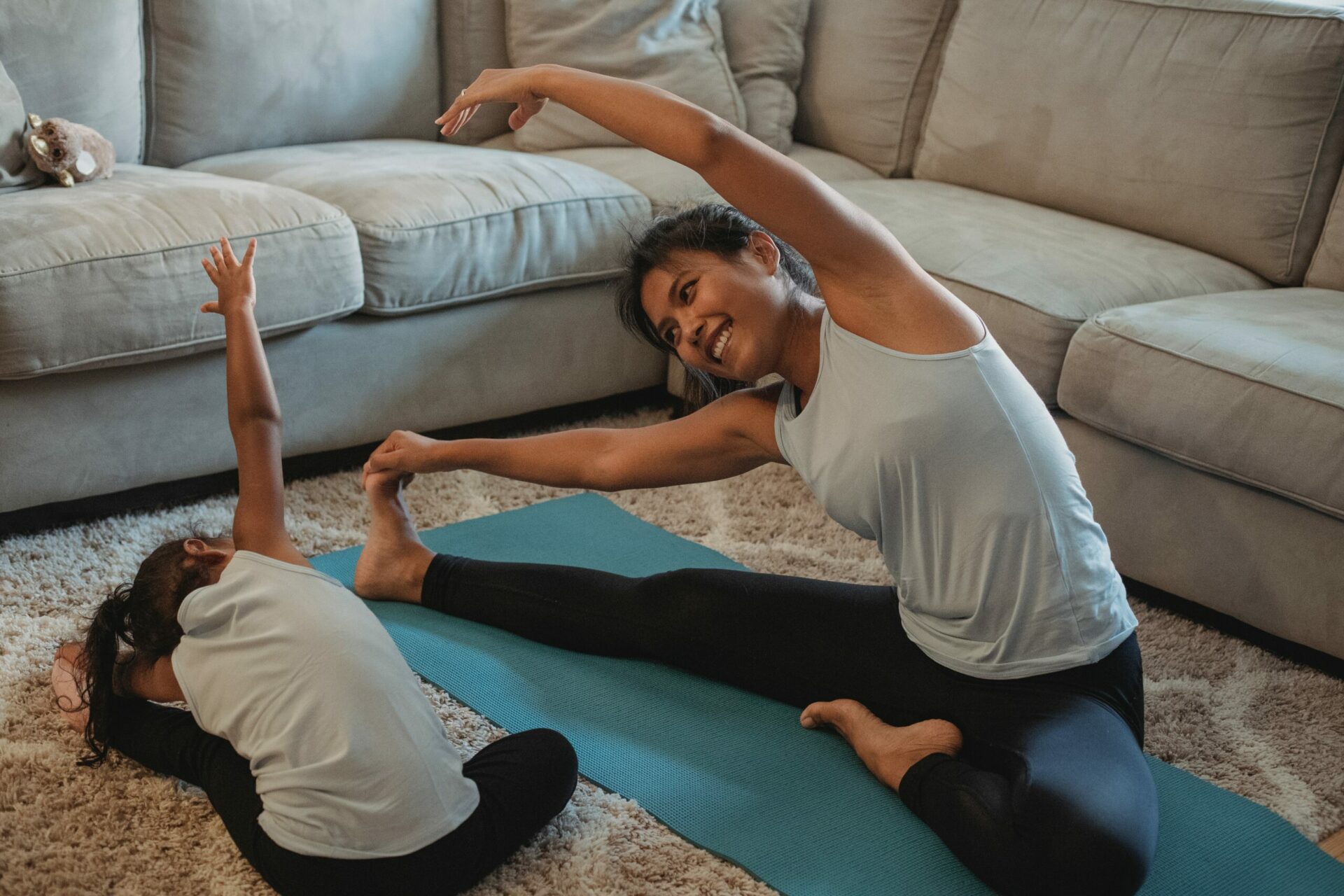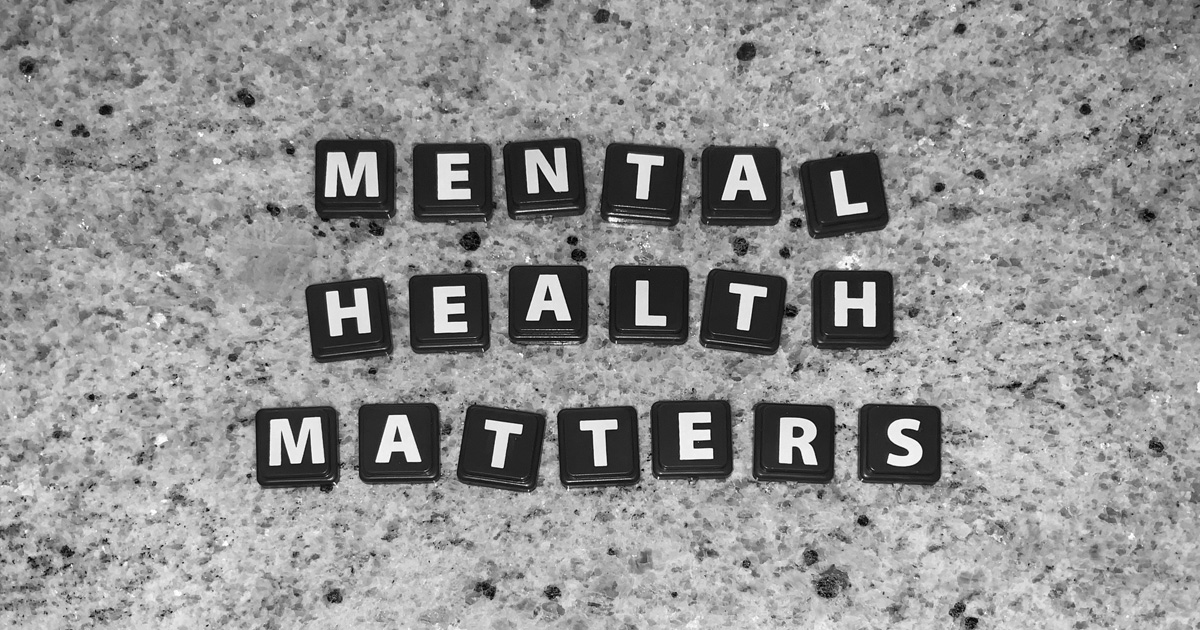
Secrets to Long-Lasting Habit Change
Humans by nature are often resistant to change. We are creatures of habit and comfort. We do not like to do things we know will make us uncomfortable, despite knowing and understanding the positive benefits that can come from these often temporary sacrifices.
According to the CDC, a small percentage (only 6%) of Americans consistently engage in the top five health behaviors, which are: Not smoking, not drinking excessively, maintaining a healthy weight, getting adequate exercise, and getting sufficient sleep (1).
We all know that increasing the frequency of these top five behaviors is essential to improving our health and wellbeing. While making a behavioral lifestyle change is often much easier said than done, it does not have to be scary.
Whether it is through a friend, family member, story on television, social media, or other avenues, we have seen the amazing transformations that occur when we make even the slightest shift toward positive change. But, how do we make the change less daunting?
Many factors contribute to successful, long-lasting habit change, but there are a few key elements necessary to create a strong foundation. As with most things in life, it is necessary to create a solid foundation first because, without it, everything else crumbles.
Here are four essential tools to have in your toolbox when making a lifestyle change.
1.) Increase Your “You” Knowledge and Awareness
Knowledge alone for most people is not enough to make and sustain change, but knowledge coupled with awareness can enhance its utility. Certainly, more than 6% of the American population know that they should be adhering to the top five health behaviors, yet we see the staggering majority of Americans continue to engage in behaviors that may compromise their health.
It is inherent that we as individuals won’t make changes if we do not know or agree that something needs changing. Others may tell us we need to change, but unless we believe it ourselves, that change will rarely happen.
To make a change, we must first tune into our individual needs and be aware of our strengths and weaknesses. For example, if you know you need to exercise more but you despise running, don’t join a running club because you’ve been told that’s the only way to get in good cardio. Perhaps you try a walking club or yoga class instead. Active knowledge coupled with the awareness of the inner workings of “you” will make it easier to plan what, how, when, and where to start that change. In addition, it also helps to be aware of other people and the environment around you, as it can help you make the necessary adjustments needed to ease the act of change.
2.) Set an Intention
To make a behavior change “a way of life” we need to connect deeply to the “why”, or the reasoning and the intention behind the change. Why are we doing it, and what is the desired result? Unlike a goal, setting a mindful intention connects values, meaning, and purpose to something greater than oneself. In fact, it may be one of the most powerful tools in change-making.
The lens through which we view behavior changes through mindful intention. This shift in perspective creates awareness of how certain behaviors may threaten one’s core values. And, how making a change, or adopting a new behavior, is an easier choice over the old and potentially value-threatening behavior.
As an example, let’s say you are an animal lover that enjoys the outdoors but has a long-time habit of eating fast food out of convenience. You watch a documentary that “opens your eyes” to unethical conditions of feedlots and the harmful effects of conventional farming on the environment. Your core values lie in protecting animals and the environment – not in the behavior of eating fast food. Your perspective of fast-food consumption changes, and you may easily find yourself avoiding fast food altogether and sourcing your food from more sustainable, eco-friendly brands and practices.
Behaviors that threaten core values make the intention to change those behaviors easier and longer-lasting.
3.) Be Mindful of Your Community
The adage “it takes a village” holds true when it comes to making changes needed to lead a healthy and sustainable way of life. Your environment and people around you can make all the difference when it comes to tackling change – positive or negative. Support systems and accountability partners can be incredibly helpful, while unhealthy and negative systems of support can make change even harder to attempt or maintain.
Be mindful of the quality of your community – and make any changes needed to ensure your community and the people that surround you are positive. Let go of those that do not serve you and embrace those that do. Find like-minded friends, partners, and/or groups that uplift you and challenge you to be your best self.
4.) Give Yourself Grace
Don’t be hard on yourself. Be realistic with yourself. Have the grace to allow room to enjoy life – balanced and to the fullest. Create space to treat yourself every once in a while, and most importantly, DON’T BEAT YOURSELF UP FOR IT. This makes staying “on track” a lot easier.
Change is an evolving process, embrace where you are and love yourself for doing what you can. It has been shown that when we practice gratitude and self-appreciation, it is almost impossible to also generate negative thoughts or feelings. Perspective is powerful, use it to your advantage!
Every life or health goal requires some amount of change and sacrifice, otherwise, it would not be a goal you need to reach. You would already be there.
Sign Up for the ‘Go for Goal’ Habit Challenge
If you are a member of WellStyles, join our Go for Goal Challenge October 11th -22nd on WellStyles to track each day you take steps towards achieving your goals! Track at least 6 days out of the 12 to earn an additional 200 WellStyles points to your program! The challenge opens on October 4th! Click here to join.
If you’d like to learn more about our WellStyles program, let’s chat! If you are a member of WellStyles, but haven’t logged in yet, Click here to join!
Resources
1 – Liu Y, Croft JB, Wheaton AG, Kanny D, Cunningham TJ, Lu H, et al. Clustering of Five Health-Related Behaviors for Chronic Disease Prevention Among Adults, United States, 2013. Prev Chronic Dis 2016;13:160054. DOI: https://www.cdc.gov/pcd/issues/2016/16_0054.htm



